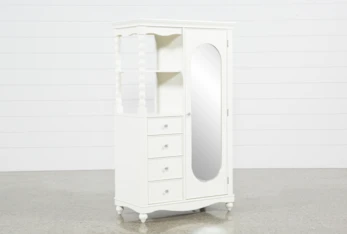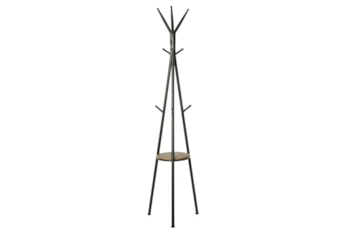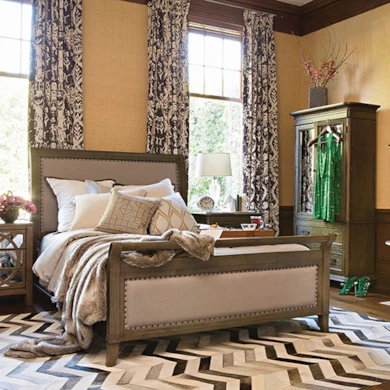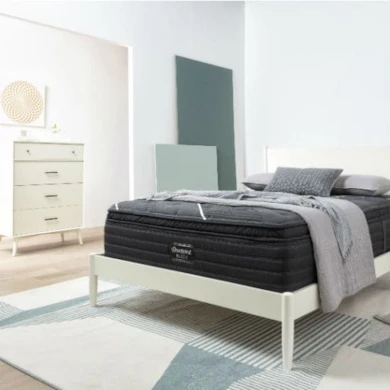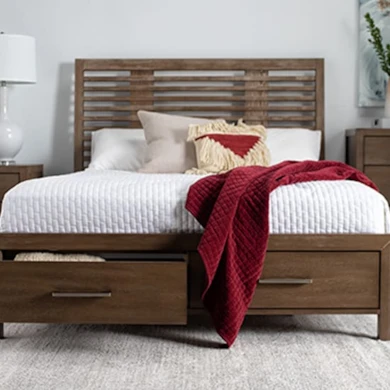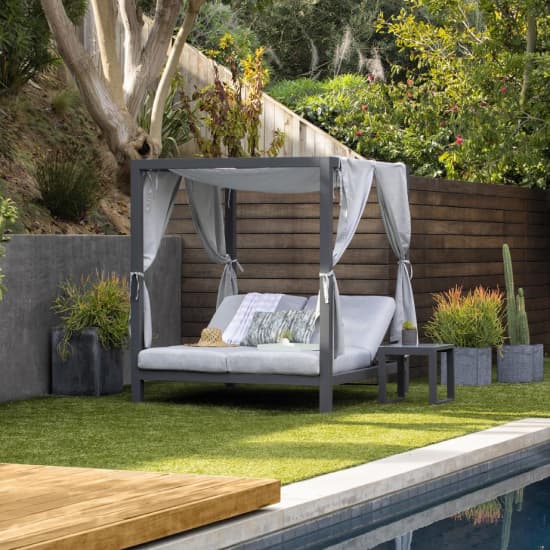How to Install a Closet Rod
Measure your closet.
Specifically, the area (wall to wall) where you plan on placing the rod. As you measure, mark with a pencil the exact spots for drilling. Make sure to set an area high enough so that clothes can fall without being obstructed by a dresser or shelf. When measuring, it’s also important to keep in mind how far from the wall you want the clothes to hang. (This will heavily depend on the lengths of your hangers.)
Decide whether you will purchase a rod or make your own.
Knowing the measurements for your rod, it will be easier to see whether the right lengths are already available for purchase (at hardware stores), or if you need to make your own. (The latter will usually result from odd or non-standard closet sizes.)
If the only type of rod available in stores is longer than your alotted closet space, you can cut it on either end until it’s to size.
Install support studs.
If your closet does not come with support studs (blocks within the construction of the closet walls designed to support a heavy line of hanging clothes), you will need to add one. To do this, attach a square wood block (approximately one inch thick and five inches wide) to each side of your closet (where you drew the pencil marks).
Attach and drill brackets.
For this step, you will need a .4” drill bit, two rod sockets, and to drill pilot holes on each side of the wall. Rod sockets (available for purchase at hardware stores) will have holes for screws; hold up the socket to the desired place on the wall, and mark with a pencil each screw hole. Drill a hole at each of these marks
Place each socket where you made the marks...
...and drill a screw into each hole. Once the sockets are in place, you can attach the rod!
— More Great Articles —
Other Closet Ideas
Read the Latest
Editorial Disclaimer: Articles featuring tips and advice are intended for educational purposes and only as general recommendations. Always practice personal discretion when using and caring for furniture, decor and related items.

